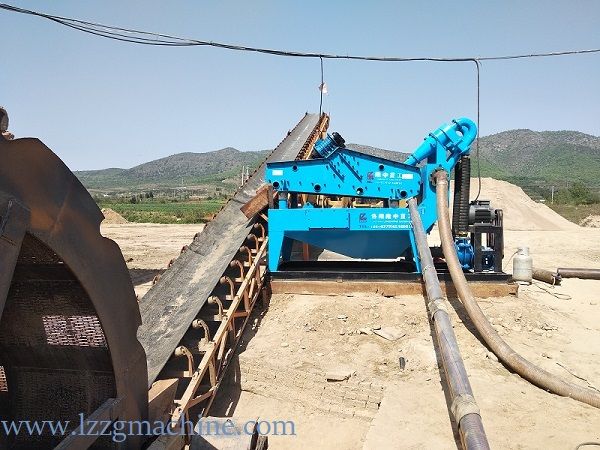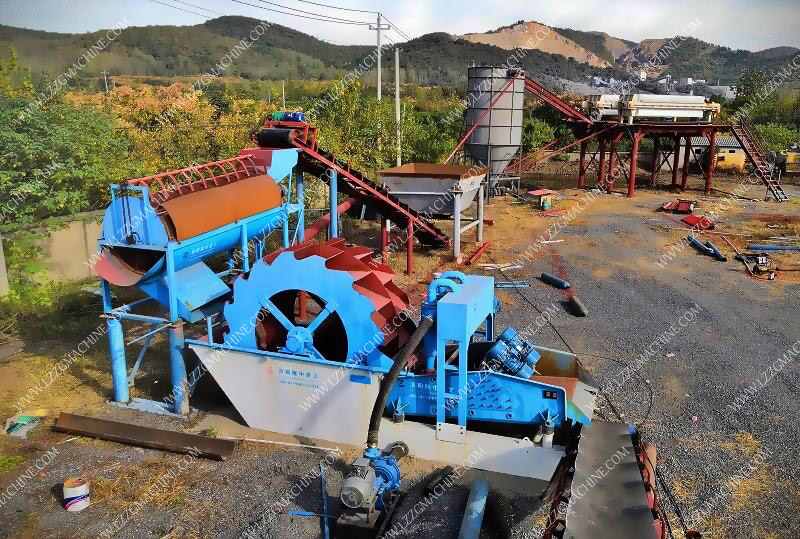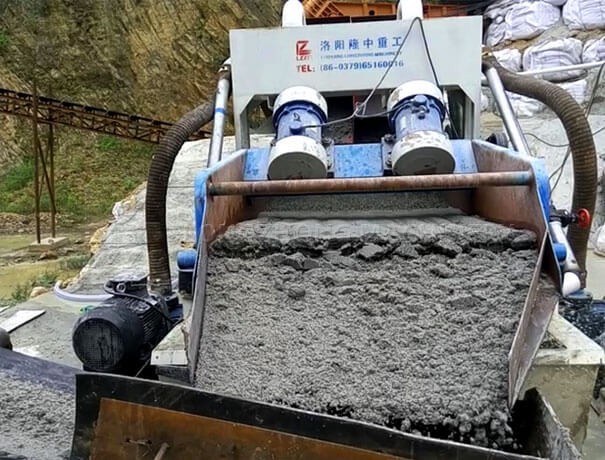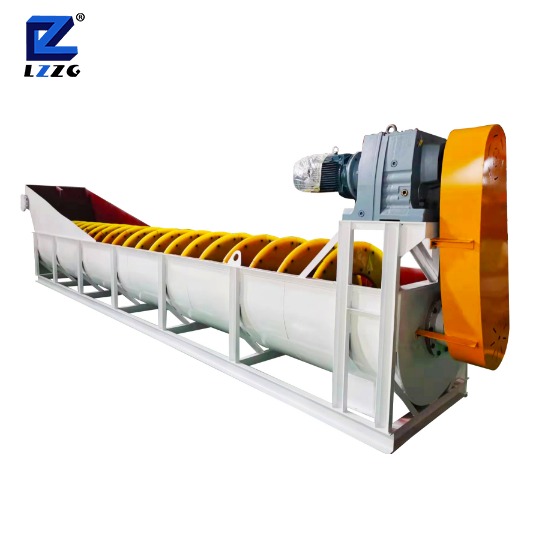How to reduce the mud content of sand and improve the quality of mortar
 October.22,2020
October.22,2020
There are many factors that affect the workability of plastering gypsum mortar. Among the plastering gypsum mortars with a certain mix ratio, the cementing materials and admixtures have the greatest impact on the workability of plastering gypsum mortar, especially in recent years. The use of cementitious material gypsum adaptability problems emerge one after another. However, facts have proved that the properties of fine aggregates and the adaptability of fine aggregates and admixtures also have a great influence on the workability of plastering gypsum mortar, and sometimes can directly determine the workability of the mixed plastering gypsum mortar.
If the gradation of the sand is not good, and the porosity and specific surface area are too large, more gypsum slurry needs to be consumed to make the plaster gypsum mortar obtain a certain fluidity, and the compactness, strength, durability and other properties of the plaster gypsum mortar It will also have an impact.

The mud in the sand will absorb a certain amount of additives, which is equivalent to reducing the amount of additives under the same conditions, so that the plastering gypsum mortar cannot achieve the expected effect. In addition, the particles of the mud are extremely fine, which will adhere to the surface of the sand particles, affecting the bonding of the sand particles and the gypsum slurry, resulting in poor workability of the newly mixed plastering gypsum mortar. When the mud exists as agglomerates, it will form a weak part in the plastering gypsum mortar, which is more harmful to the quality of the plastering gypsum mortar. Hydrocyclones can be used for sludge removal.
The sand has a high content of chloride ions, and it may be used by mixing sea sand with river sand. The adsorption capacity of sea sand is greater than that of river sand, which makes the workability of fresh plaster plaster mortar worse. Using a sand washing machine can reduce the content of chloride ions.





